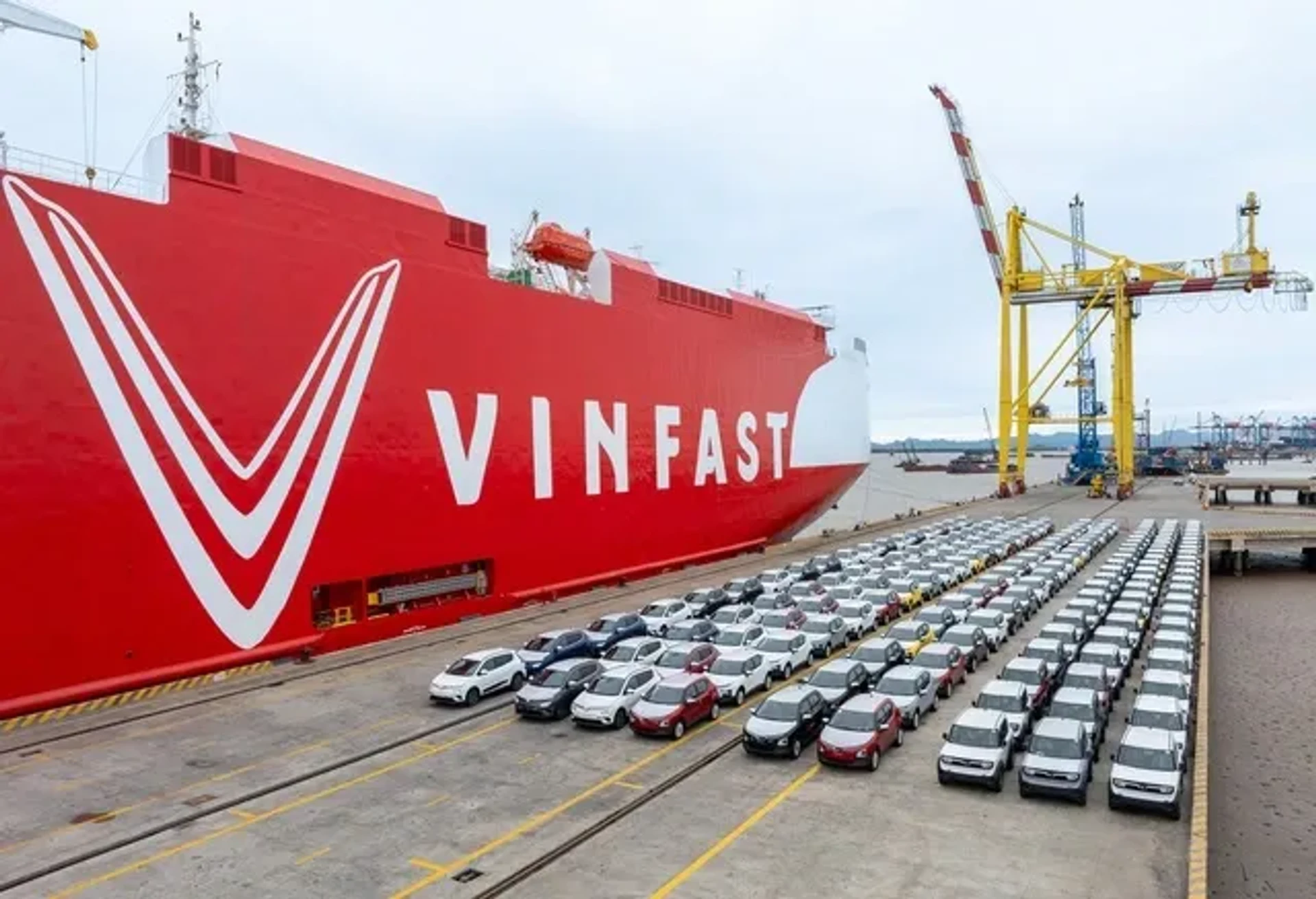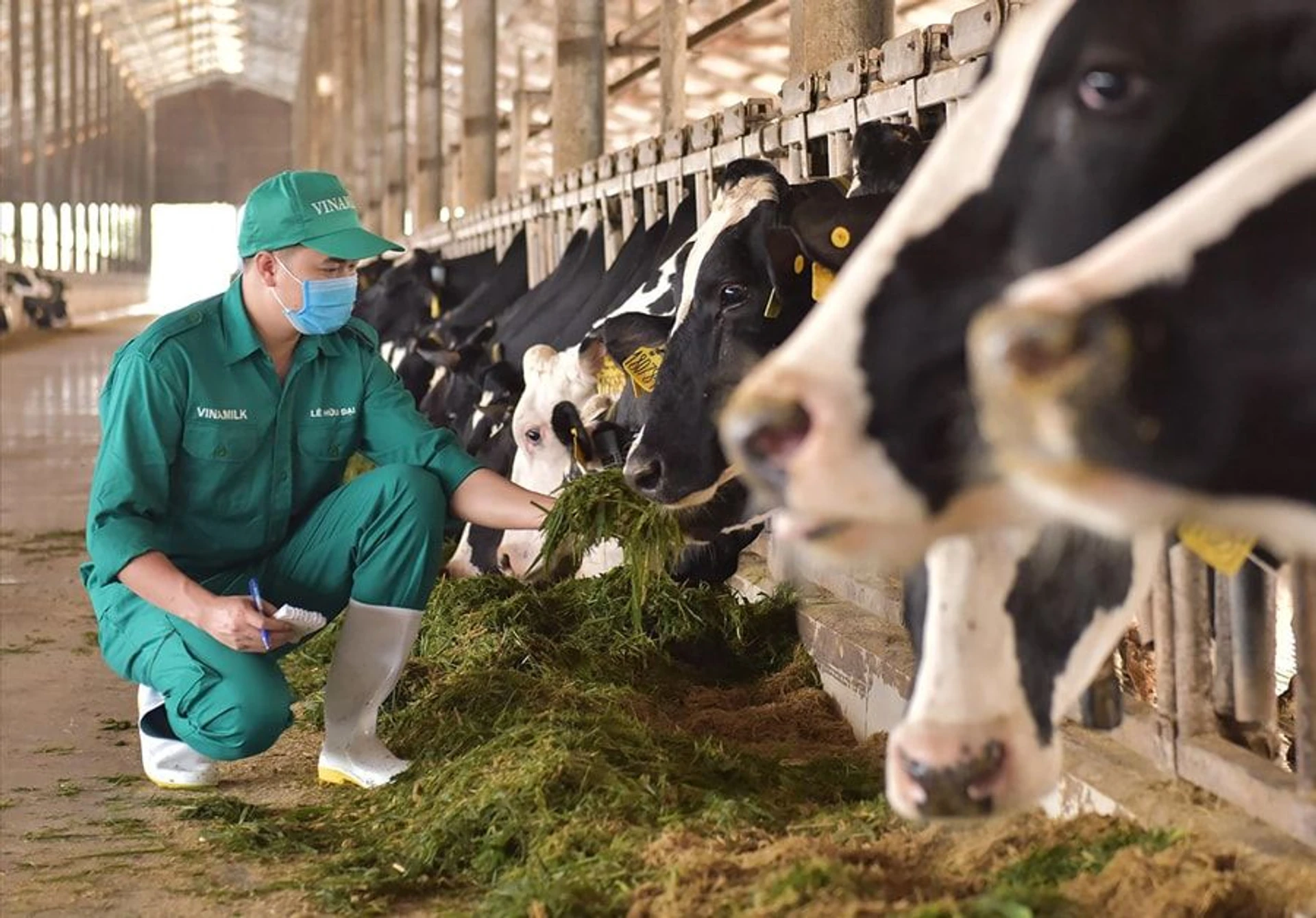FTAs Create a “Leverage” for Vietnam’s Export Growth
May 7, 2025
Vietnam’s exports have seen strong momentum in recent years thanks to the implementation of various Free Trade Agreements (FTAs), particularly new-generation FTAs. These agreements not only facilitate the access of Vietnamese goods to international markets but also help improve the investment climate and attract foreign businesses to Vietnam.
According to Mr. Nguyễn Anh Sơn, Director General of the Import and Export Department under the Ministry of Industry and Trade (MoIT), in 2024, most export markets experienced a growth rebound — with markets that have FTAs with Vietnam showing particularly high growth. Vietnam’s total import-export turnover reached more than USD 786.28 billion, an increase of 15.2% compared to 2023. For 2025, the MoIT has set a target of 12% growth in trade turnover — a highly ambitious goal. However, with 17 FTAs signed and implemented, Vietnam has vast opportunities to expand its markets, trade, and investment — helping sustain the country’s high economic growth rate.

Textile, garment, and seafood sectors have effectively leveraged FTAs to expand exports.
The MoIT continues to support businesses in maximizing export potential under these agreements, especially new-generation FTAs such as the EU-Vietnam Free Trade Agreement (EVFTA), the UK-Vietnam Free Trade Agreement (UKVFTA), the Comprehensive and Progressive Agreement for Trans-Pacific Partnership (CPTPP), and the Regional Comprehensive Economic Partnership (RCEP). The most recent FTA — the Comprehensive Economic Partnership Agreement (CEPA) between Vietnam and the United Arab Emirates (UAE) — marks a historic milestone, opening a gateway to the Middle East–Africa region.
Regarding CPTPP, Deputy Minister of Industry and Trade Nguyễn Hoàng Long stated that five years after its implementation in January 2019, the agreement has played a vital role in promoting Vietnam’s trade with American regional markets — particularly with member countries like Canada, Mexico, Chile, and Peru (of which Canada, Mexico, and Peru had no prior FTA with Vietnam). According to the MoIT’s Center for Industry and Trade Information, in 2024, two-way trade between Vietnam and CPTPP member markets was estimated at USD 102.1 billion — up 6.8% year-on-year — accounting for 13.1% of Vietnam’s total trade turnover. Vietnam’s trade surplus with CPTPP countries reached USD 9.4 billion in 2024 — double the USD 4.7 billion surplus recorded the year before.
Dr. Trần Thu Quỳnh, Commercial Counselor at the Vietnam Trade Office in Canada, noted that trade with CPTPP members is playing a key role in increasing Vietnam’s trade surplus and contributing to macroeconomic stability. Canada contributed the most to this surplus, with a trade surplus of USD 5.48 billion. In 2024, Vietnam’s exports to Canada totaled over USD 6.37 billion — up 13.4% compared to 2023. Vietnam is currently Canada’s top trading partner in ASEAN and its sixth-largest trading partner among the 40 Indo-Pacific nations.
Dr. Trần Thu Quỳnh emphasized that Vietnamese businesses still have significant export potential to the Canadian market. Canada is considered a high-potential market and a strategic “gateway” to North America. Products such as phones, electronics, electrical appliances, base metals, seafood, vegetables, rice, tea, and coffee are seeing greater opportunities due to CPTPP-enabled zero-percent export tariffs.
Ms. Nguyễn Thị Hoàng Thuý, Head of the Vietnam Trade Office in Sweden (also covering the Nordic market), stated that the EVFTA has brought significant tariff benefits, making it easier for Vietnamese goods to enter the EU market. However, to capitalize on these advantages, businesses must understand the EU’s quality standards, legal regulations, and consumer preferences — as it remains one of the most demanding markets globally. Timely and accurate information helps businesses develop proper strategies, optimize supply chains, minimize risks, and create sustainable competitive advantages in a globalized environment.
Experts agree that FTAs offer Vietnam major opportunities to access new markets and stimulate businesses within FTA blocs to pay greater attention to one another’s products and markets. They have also helped accelerate supply chain development. However, Dr. Trần Thu Quỳnh noted that a key limitation for Vietnamese enterprises in CPTPP markets is the lack of information about local market conditions, consumer behavior, preferential trade policies, and trade defense measures.
Therefore, to fully leverage tariff incentives from FTAs and adapt to market challenges, experts believe that businesses must continue improving product quality, labor productivity, and technological capacity. Investment in research and development to create products that better meet the demands of FTA member markets is crucial. Additionally, companies should closely monitor FTA commitments and timelines to develop sound strategies and build rational business plans.
Source: Lưu Hiệp – Công An Nhân Dân
View original article here.



